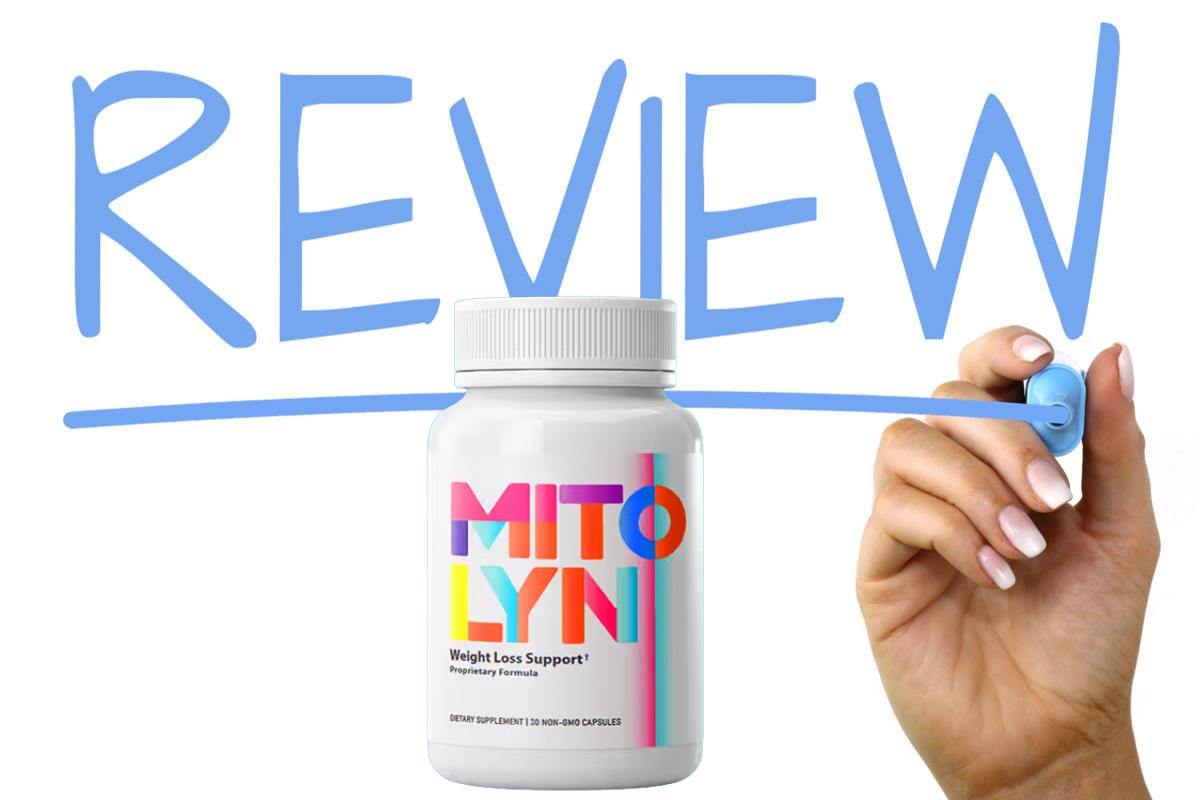If you’re considering Ozempic for managing Type 2 diabetes or weight loss, it’s important to know how Medicare might cover it. Coverage can depend on your specific plan and whether you’ve met certain criteria. Understanding the nuances of Medicare can be tricky, especially when it comes to medications. So, how do you navigate these complexities to guarantee you get the support you need? Let’s explore this further.
What Is Ozempic and How Does It Work?
If you’re looking to manage Type 2 diabetes, Ozempic might be a medication to contemplate. This injectable medication contains semaglutide, which mimics a hormone in your body called GLP-1 that helps regulate blood sugar levels.
By stimulating insulin release when your blood sugar is elevated, it helps lower your blood glucose. Additionally, Ozempic slows down gastric emptying, making you feel fuller for longer and potentially aiding in weight loss.
You’ll typically take Ozempic once a week, and it’s important to combine it with a healthy diet and exercise for ideal results.
Always consult your healthcare provider to verify it’s the right choice for your unique situation, as they can provide personalized guidance and support throughout your treatment journey.
Eligibility for Medicare Coverage
To qualify for Medicare coverage of Ozempic, you must meet certain criteria established by the program. First, you need to be enrolled in Medicare Part A and Part B.
Additionally, Ozempic is typically covered for those diagnosed with type 2 diabetes. Your healthcare provider must prescribe it as part of your treatment plan, and they may need to document your medical history and previous attempts at managing your diabetes.
It’s crucial to show that lifestyle changes alone haven’t led to effective diabetes management. If you’re considering Ozempic primarily for weight loss, Medicare may not cover it unless you have a specific medical diagnosis justifying its use.
Always check with your provider to confirm your eligibility before starting treatment.
Medicare Part D and Prescription Drug Coverage
Once you confirm your eligibility for Medicare coverage of Ozempic, understanding Medicare Part D and its role in prescription drug coverage becomes significant.
Medicare Part D helps you pay for prescription medications, including Ozempic if prescribed for diabetes management. This plan is optional and offered through private insurance companies.
You’ll need to enroll in a plan that covers your medications, so check the formulary to see if Ozempic is included. Keep in mind that coverage can vary by plan, and you might face specific requirements, like prior authorization.
It’s crucial to review your options annually, as plans can change their coverage and costs each year. Understanding these details guarantees you can access the medications you need.
Out-of-Pocket Costs for Ozempic
Understanding out-of-pocket costs for Ozempic is vital for budgeting your diabetes management. If you’re planning to use Ozempic, you’ll likely face some expenses.
While Medicare may cover part of the cost, you’re still responsible for co-pays or deductibles. Prices can vary considerably depending on your specific Medicare plan and whether you’re using a pharmacy that participates in your network.
Without insurance, Ozempic can be pricey, often exceeding $900 for a month’s supply. It’s important to check with your pharmacy about pricing options and potential discounts.
Some manufacturers offer patient assistance programs, so don’t hesitate to explore those. Being informed about these costs helps you manage your budget effectively while maintaining your diabetes treatment plan.
Alternative Coverage Options for Ozempic
If you’re considering Ozempic but find Medicare coverage inadequate, there are alternative options to explore. Many private insurance plans offer coverage for Ozempic, so check your policy details carefully.
If you don’t have insurance, patient assistance programs from pharmaceutical companies could help reduce your costs considerably. Additionally, some non-profit organizations provide financial support for those with diabetes.
You might also consider generic alternatives, if available, or talk to your doctor about other medications that might be covered. Always consult your healthcare provider to guarantee you’re making the best choice for your situation.
Tips for Navigating Medicare and Medication Coverage
How can you effectively navigate Medicare and medication coverage for Ozempic? Start by reviewing your Medicare plan details.
Check if your plan covers Ozempic under its formulary, which lists covered medications. Contact your healthcare provider to confirm they’re in-network since this can affect your out-of-pocket costs.
Next, don’t hesitate to reach out to Medicare directly or your plan’s customer service for clarification on coverage specifics. If Ozempic isn’t covered, ask about alternatives or appeal the decision.
Keep thorough documentation of all communications and prescriptions to support your case. Finally, consider enrolling in a Medicare Part D plan to potentially lower your medication costs.
Staying informed and proactive will help you secure the coverage you need.
Conclusion
To summarize, if you’re considering Ozempic for diabetes or weight loss, it’s important to check your Medicare coverage. Confirm you meet the eligibility requirements and understand any prior authorization needed. Reviewing your plan annually can help guarantee you maintain coverage. Don’t hesitate to explore alternative options if you’re facing high out-of-pocket costs. Staying informed and proactive will make managing Medicare and your medication needs much easier.













